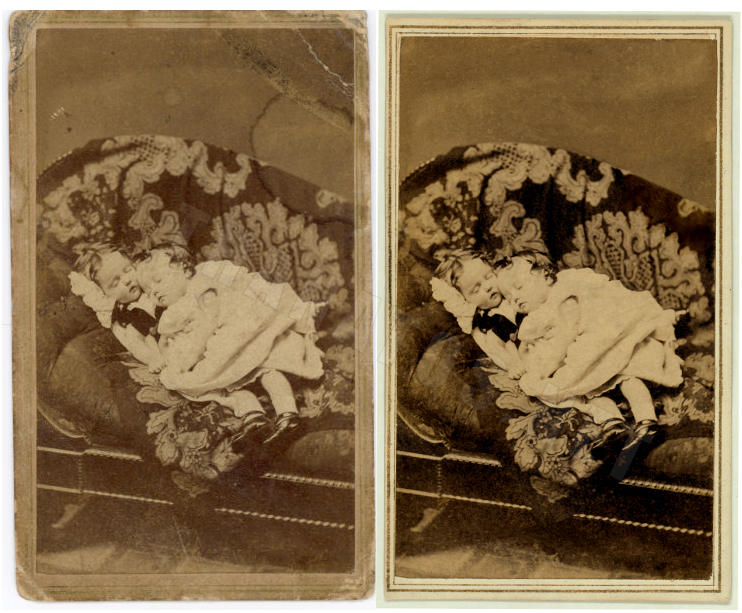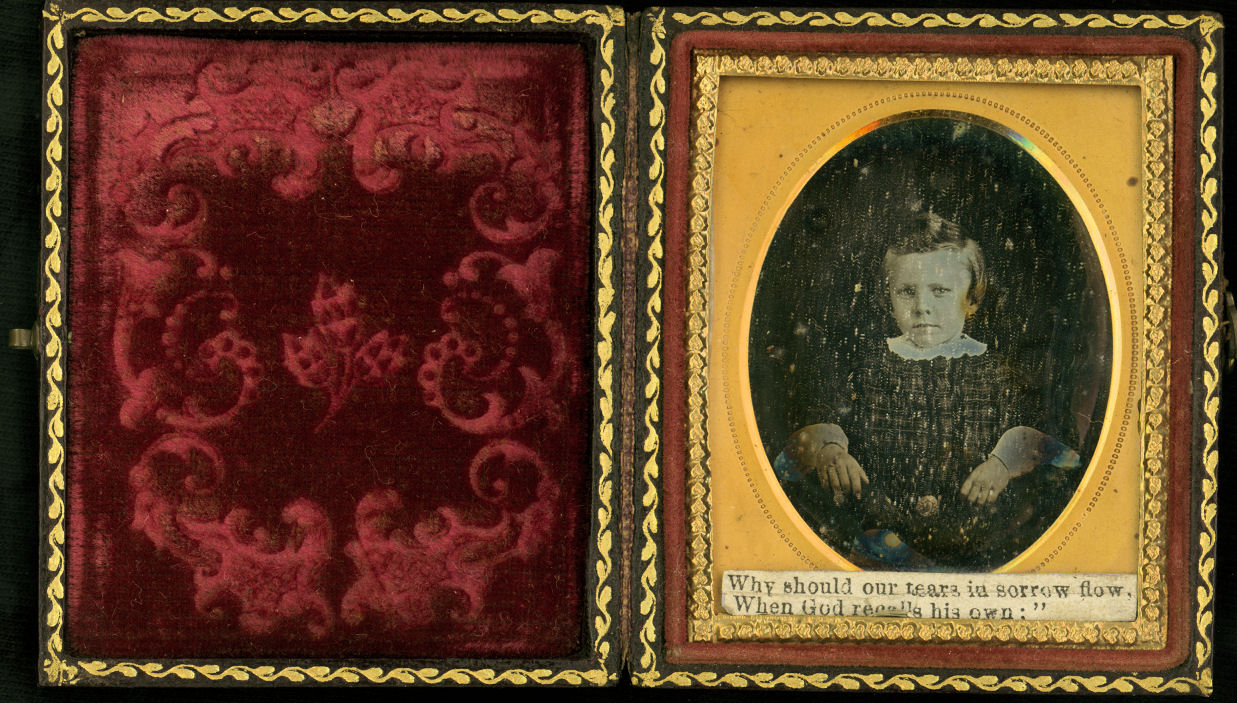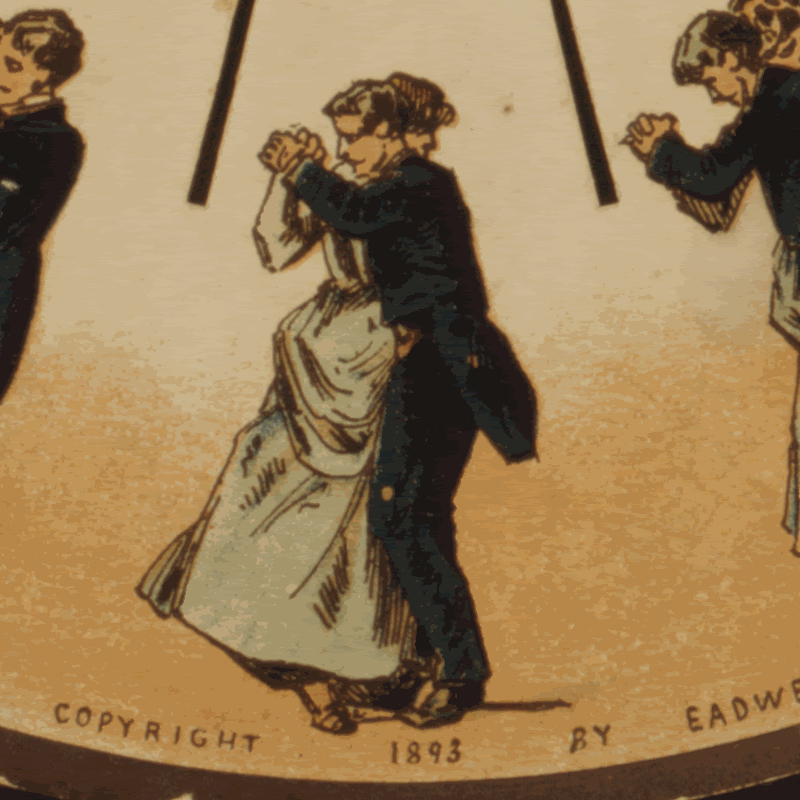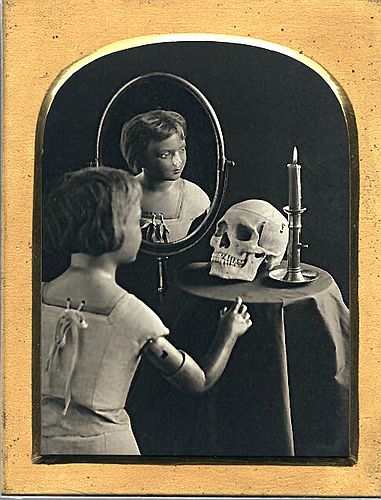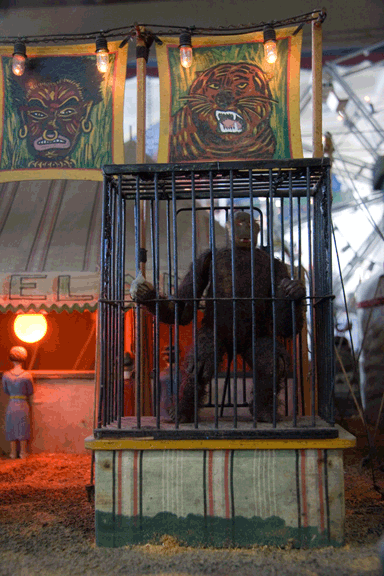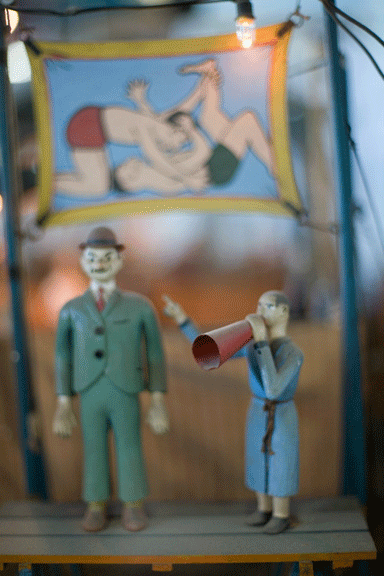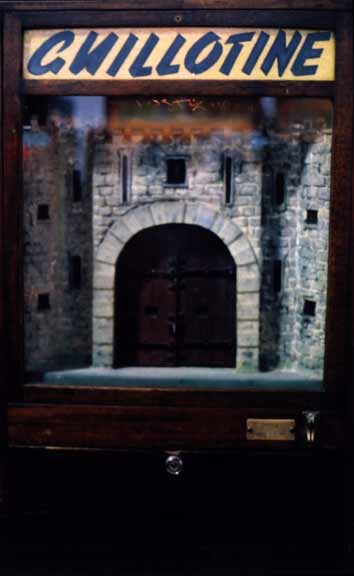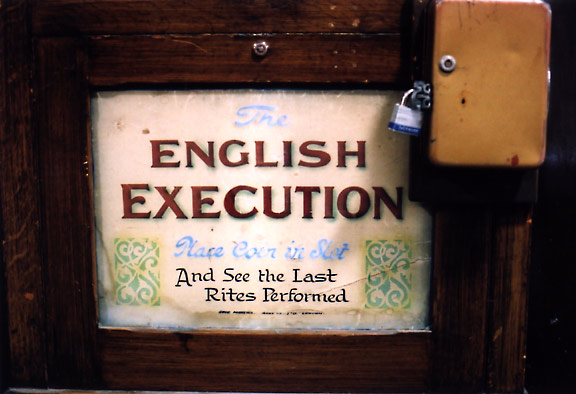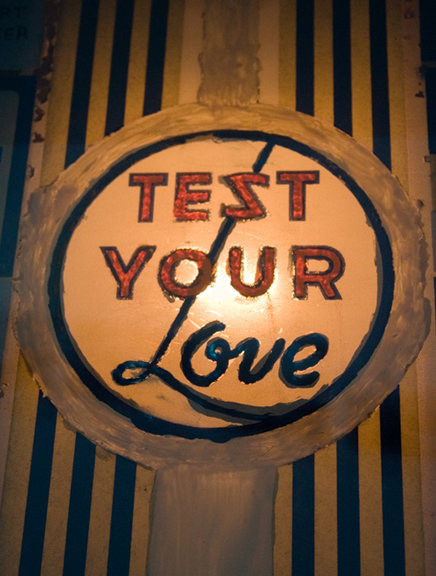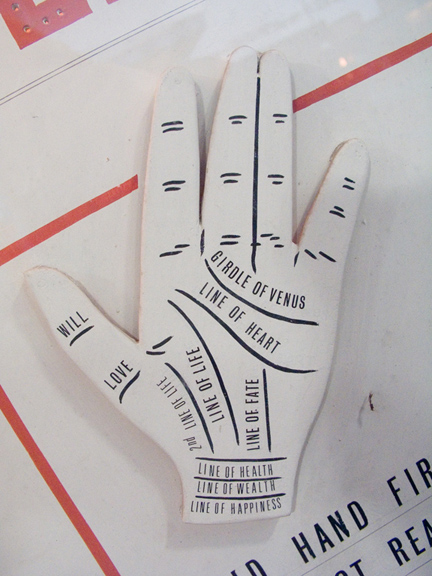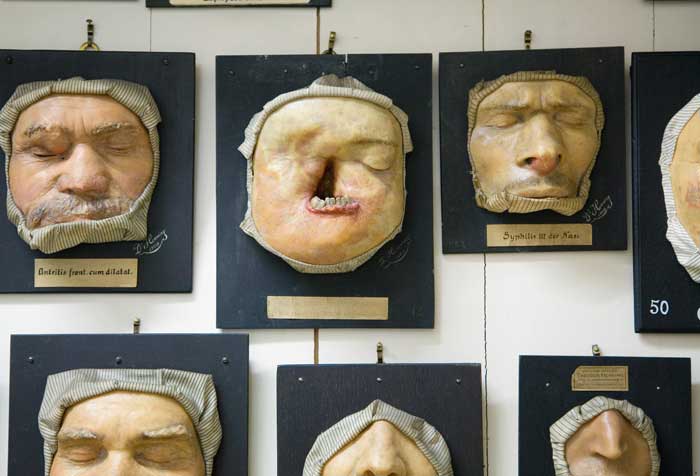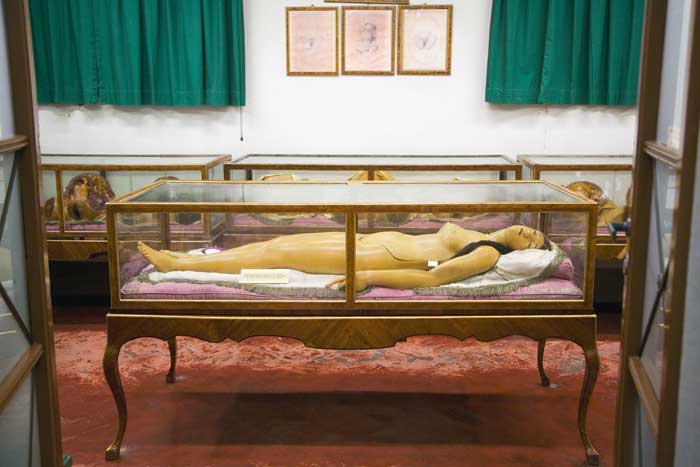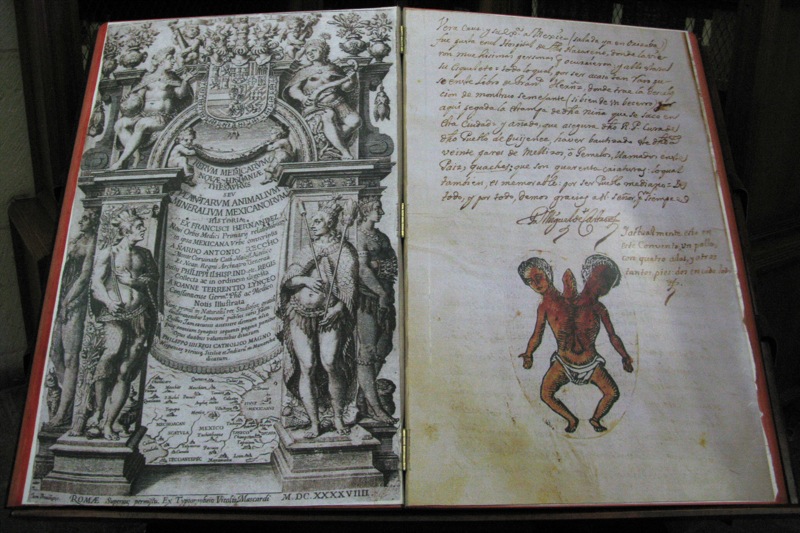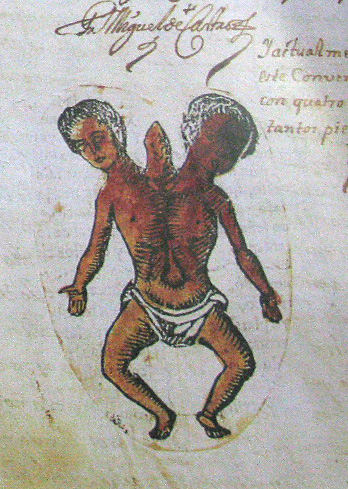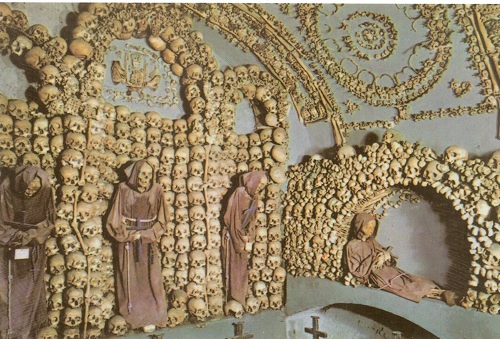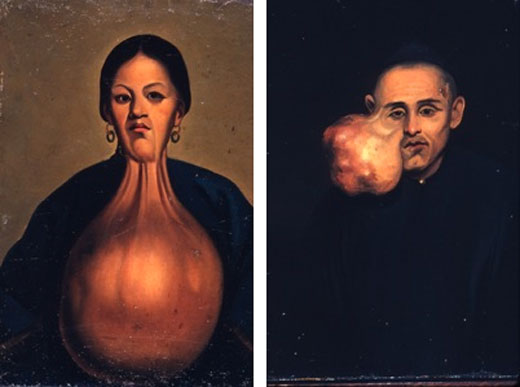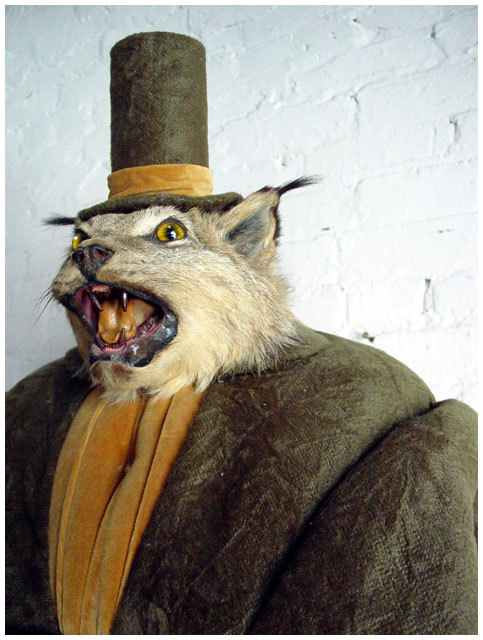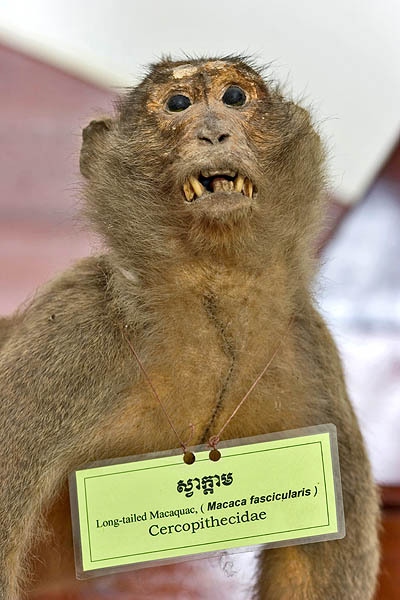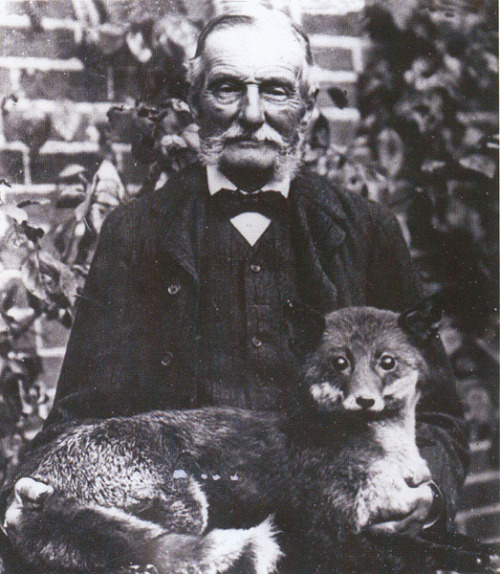
Regular readers have already noticed, no doubt, many mentions of a Brooklyn-based events space called Observatory (pictured above, hosting Michael Sappol's
recent presentation on modernist anatomical artist Fritz Kahn). I have been remiss, however, in taking a moment to explaining what exactly Observatory
is, and have been getting more than a few questions on the matter.
So... here is the formal announcement: Observatory is an exhibition/classroom/event space in the Gowanus neighborhood of Brooklyn, New York which I founded earlier this year. Run by a myself and a group of six other artists/bloggers types (specifics on that
here), the space presents programming inspired by the 18th century notion of “rational amusement” and is especially interested in topics residing at the interstices of learning and amusement, art and science, history and curiosity. Events thus far have spanned
plant pressing workshops to
lectures on anatomical waxes to
antique science films; you can find out about many of our recent events
here.
The reason I am re-introducing the topic of Observatory at this particular moment is that I would like to announce two events I am very excited about that will take place therein over the next few weeks. Full information for each event follows:
#1: An Iconography of the Flesh: The Bizarre Afterlife of Eva Perón

Professor Margaret Margaret Schwartz
Date: Friday, August 21
Time: 8:00
Admission: $5
Wine will be served
When Argentine First Lady Eva Perón died in 1952, the intent was to embalm her body for display in a monument to the Argentine worker: a fitting tribute for the martyred patron saint of the working classes. This ambitious project—it was to be three times the height of the Statue of Liberty—was never realized, and when Perón was overthrown in 1955, the embalmed corpse became the new regime’s most stubborn problem and potent secret. In its thirty years in search of a permanent resting place, the embalmed body left a trail of death, insanity, and corpse-napping in its wake as Evita sympathizers sought to find the body of their saint and Evita’s enemies tried to keep the body’s whereabouts a secret. Professor Margaret Schwartz tells the story of the corpse’s afterlife and shows how Evita has stubbornly refused to die a proper death, thus rendering her corpse one of the world’s most unique and potent objects.
#2: The Coney Island Amateur Psychoanalytic Society and their Circle 1926-1972

Zoe Beloff, artist and archivist and Aaron Beebe, Director of The Coney Island Museum
Date: Friday, August 28th
Time: 8:00 PM - Sharp
Admission: $5.00
Wine will be served
A discussion with Zoe Beloff, artist and archivist and Aaron Beebe, Director of The Coney Island Museum
The Coney Island Amateur Psychoanalytic Society was a unique organization which flourished from 1926 through the early 1970s. Members, most of them working people from a wide variety of cultural backgrounds, were filled with the desire to participate in one of the great intellectual movements of the 20th century. The exhibition currently on view at the Coney Island Museum presents a range of their activities which reveal an incredibly brave, unapologetic exploration of their inner lives. Beloff and Beebe will present an overview of the work of the Society including the long lost “Dream Films”, the Sunday lectures, plans for Dreamland and the controversy over the lost “Sigmund Freud” figure at the World in Wax Musée.
The book/DVD “The Coney Island Amateur Psychoanalytic Society and their Circle 1926-1972″(more on that here) published by Christine Burgin (June 2009) will be available for purchase.
These events promise to be great--hope you can make it to one or both! And be sure to arrive early as events often fill up.
You can find more information about Observatory by clicking
here; you can get directions by clicking
here. You can join the Observatory Facebook Group by clicking
here, and can get on our mailing list by clicking
here. You visit Zoe Beloff's website by clicking
here, and can read more about her fabulous Coney Island project by clicking
here.



